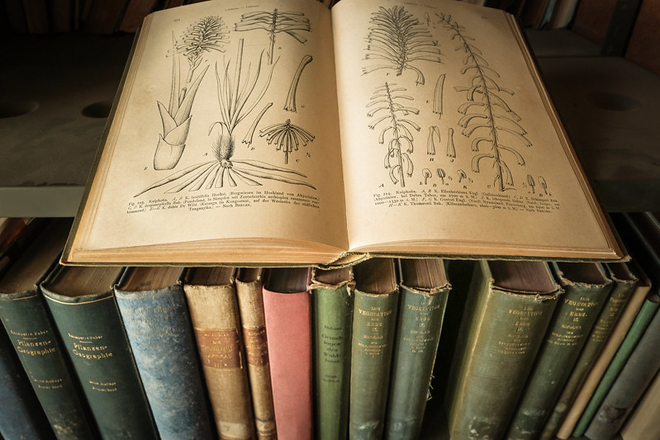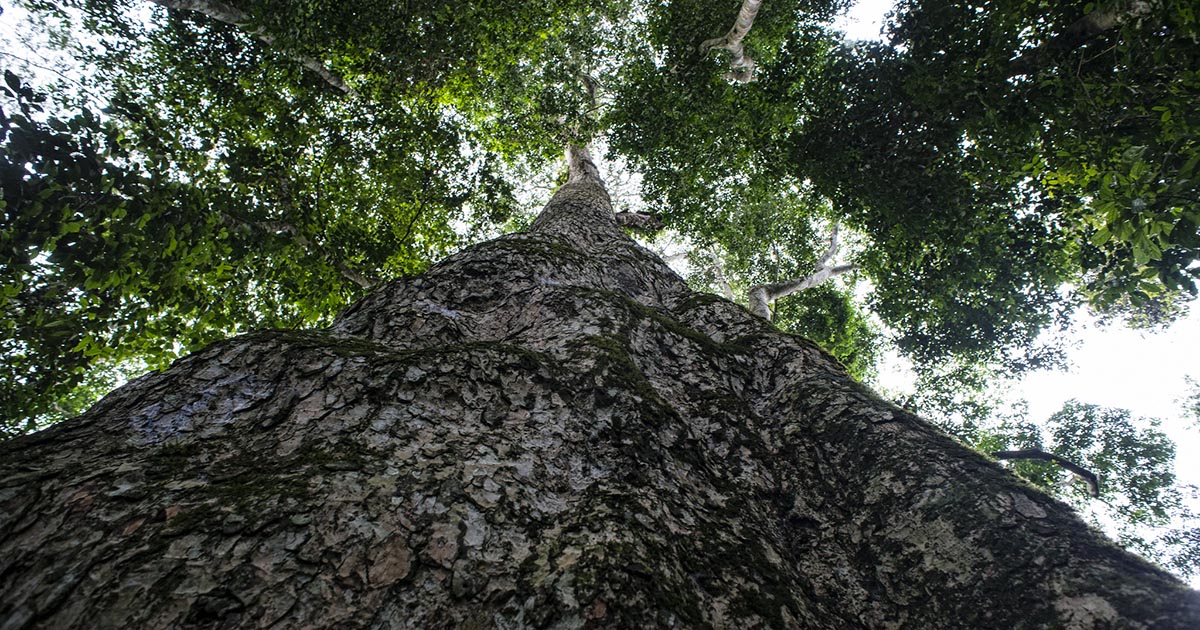The deliberate integration of trees into crop and livestock farming systems has garnered significant attention for its ability to deliver environmental, economic, and social benefits. In Rwanda, this agroforestry approach is increasingly embraced because of its capacity to conserve the soil, produce food, feed, and wood products, and provide other essential ecosystem services. However, the limited integration and undervaluation of indigenous tree species in Rwandan farming practices reveal a critical gap in the sustainability of this practice. This study evaluated the agroforestry potential of nine native tree species by examining their compatibility with beans and maize, and their growth outside forest environments. Among the species tested, Pterygota mildbraedii exhibited the highest mean annual height growth (0.27 m yr−1), while Erythrina abyssinica recorded the largest diameter increment (0.30 cm yr−1). Tree presence significantly reduced crop yield (p
DOI:
https://doi.org/10.1080/23311932.2025.2555743
Altmetric score:
Dimensions Citation Count:

Publication year
2025
Authors
Uwihanganye, J.; Ishimwe, J.C.; Ndayambaje, J.D.; Mugunga, P.C.
Language
English
Keywords
agroforestry, tree species, soil conservation, ecosystem services, maize, beans, forest trees, farming systems, tree growth, native species, food security, crop improvement
Source
Cogent Food and Agriculture. 11 (1): 2555743
Geographic
Rwanda















